Related Article
-
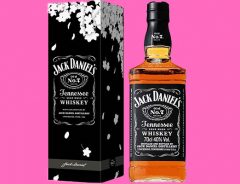
Jack Daniel’s Whisky Releases A Japan-Exclusive Black Sakura Edition
-

Chivalry Regal: Japanese Papercraft Artist Turns Whisky Packaging Into Awesome Knight Figure
-
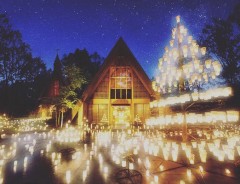
A Christmas Romantic Night In Japan with 2000 Candles
-
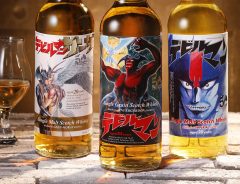
Devilman Whiskey Redux: New Labels Celebrating Go Nagai’s 50 Years As A Creator
-
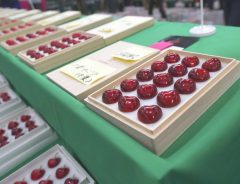
An Auction 1st: ¥40,000 Yen for a Single Cherry!
-
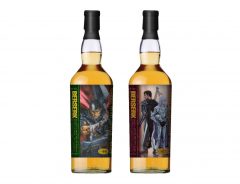
Japan’s official Berserk whisky will bring out the Black Swordsman in you
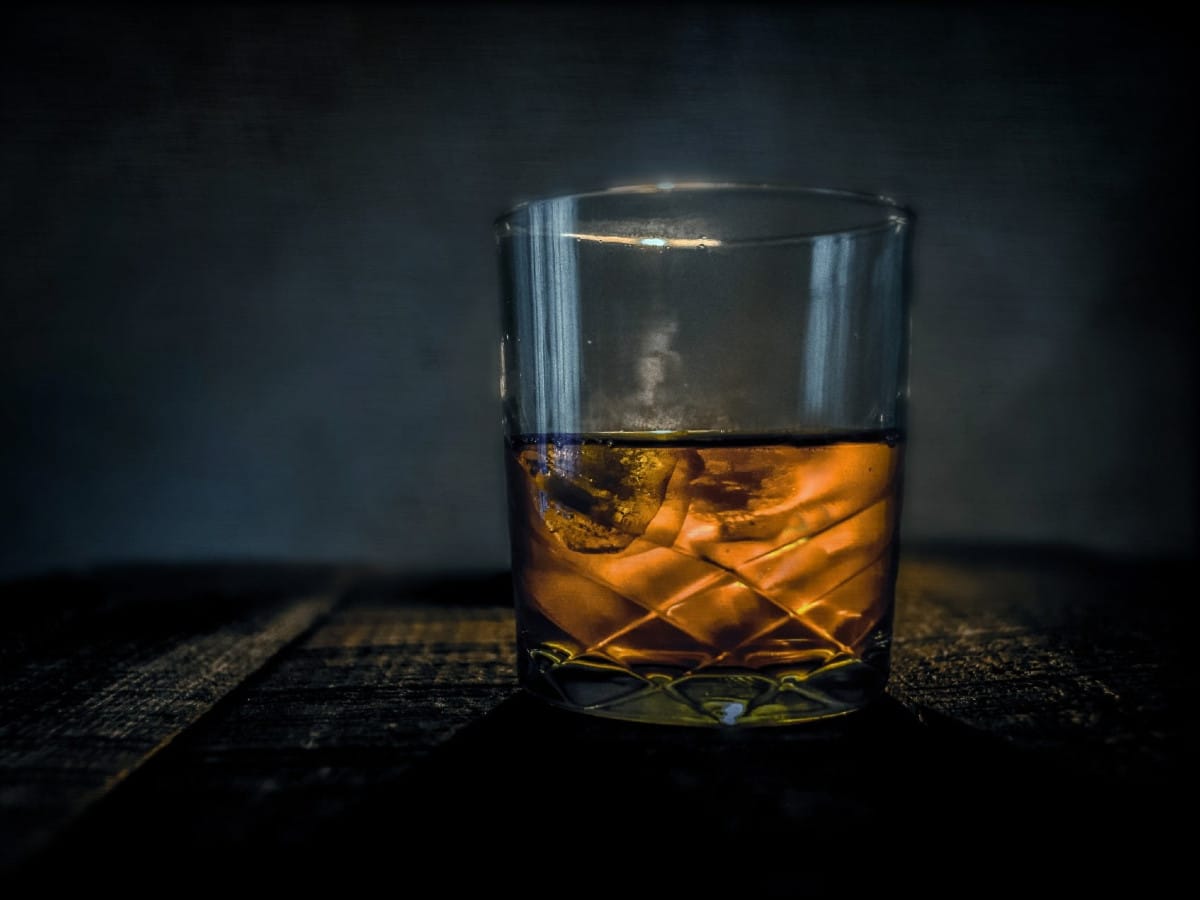


In recent years, Japanese whiskey has come to prominence. By and by, the world recognizes the expertise of Japanese craftsmanship in whiskey distillation, while aficionados often make the comparison to more notable regions like Scotland.
The comparison is likely apt. Major Japanese distilleries like Suntory and Nikka lead vast enterprises that are capable of producing many styles of whiskeys. Commercial whiskey distillery Yamazaki, for example, produces 70 styles in house. These larger manufacturers can incorporate various kinds of stills and casks to create unique blends. They are also capable of attracting top talent, individuals who bring their artistic sensibilities to process.
With such expertise and resources available, connoisseurs are increasingly recognizing the quality of whiskeys coming from Japan. Indeed, Japanese whiskeys have won top prizes while understandably gaining in notoriety. More recently, more renowned bottles are selling for top dollar at auctions.
Most Expensive Japanese Whiskey to Date
The Japan Times recently reported on a bottle of Karuizawa 52-year-old Zodiac Rat. The rare bottle produced by the now shut-down Karuizawa distillery sold at a London auction for 47 million JPY ($440,000), the highest-priced ever fetched by a Japanese whiskey.
The staggering price is indicative of the upward trend in the popularity, and price, of bottles from Japan. Jonny Fowle, a spirits specialist, noted to the Japan Times that "Japanese whiskey offers three important things for collectors: rarity, quality, and beauty. The bottle design and packaging of Japanese whiskey make it perfect for a collector to proudly host (it) on their shelves before the time comes to sell or drink."
While domestic whiskey production in Japan has ratcheted up since 2012, earlier years are particularly difficult to come by. Until the early 2000s, Japanese whiskey was only sold domestically and in limited quantity. Although ignored by the outside world during those early times, the limited availability is now pushing prices up as collectors compete to snatch an increasingly limited quantity of bottles.
You Taste the Truth
It's hard to justify the increasing price tag of prestigious whiskeys for someone who only dabbles in upscale spirits. While rarity is naturally important in driving up prices, it's hard to imagine that the taste, fragrance, and experience of top-shelf whiskeys could justify such exuberant costs. Regardless, in some cases, online reviewers have braved the eye-watering price tags of more famous bottles. They share their insights below.
Karuizawa 1964
From the aforementioned Karuizawa distillery, Malt Reviews got their hands on a small sample of a 1964 bottle at a modest price of $2200 for a single ounce. After letting the whiskey breathe for several minutes, they pick up the sample. They notice a complicated and evolving fragrance that is largely fruity and woody. The fragrance is so detailed it is difficult to explain.
On the palate, the whiskey has a strong and spicy attack, while being largely fruity and earthy in flavor. The attack dies off quickly and blends nicely into the fruitier after tastes. Adding water seems to evolve the flavor nicely.
Karuizawa 1980
This bottle is a little more reasonable at $300 per ounce. Again after letting the whiskey breathe, they take a moment to appreciate the amber color. The pour has a lot of sweetness as well as butterscotch notes. Despite the high alcohol content (61%), the fragrance is not abrasive. Overall, it is a complex buttery-coffee fragrance that is resonant and thick, but not offensive.
Upon drinking, the high-alcohol content makes itself known. Despite being tasty, there is a lot of heat that seems to subtract from the exotic elements of the fragrance. Water, however, changes the flavor and fragrance, highlighting the complexity of this blend of whiskey.
Karuizawa 1981
As mentioned, Japanese whiskey has exploded in popularity in recent years. Malt Review experienced this first hand with their 1981 bottle that skyrocketed in price, fortunately after they bought it.
The color is very dark, almost like the color of coffee. The fragrance is much more gamy, with hints of barbeque sauce, balsamic vinegar, and the like. There is also a fruity edge that has a certain character that is hard to pinpoint. Although the alcohol smell is strong, it's not overly offensive to the nose.
The flavor is very thick, and gamy while having undertones of espresso or coffee. Yet, there is a sweetness with flavors like honey or cola. There seems to be a strong Japanese influence also, with a miso glaze after taste. Water opens up the sweeter side while bringing out the fruitier elements of the drink.